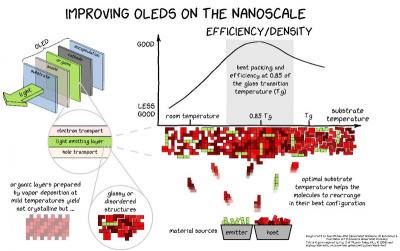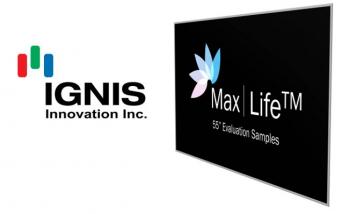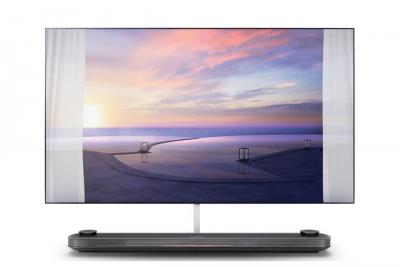Researchers increase OLED efficiency by over 15% by using ultra-stable film formation
Researchers from the Universitat Autònoma de Barcelona and TU-Dresden have demonstrated that ultra-stable film formation can be used to to improve the performance of OLED devices.

The researchers grew (using evaporation) the organic materials as ultrastable glasses - a growth condition that allows for thermodynamically most stable amorphous solids. Testing four different phosphorescent emitters, the researchers show significant (over 15%) increases of efficiency and operational stability. The researchers also say that these growing conditions are expected to even be more useful for TADF materials.





